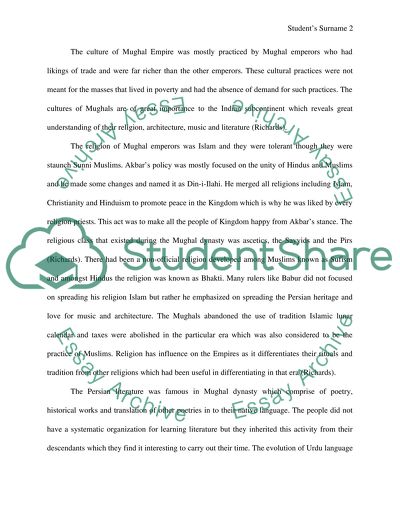Cite this document
(“The Culture of the Mughal Dynasty Book Report/Review”, n.d.)
The Culture of the Mughal Dynasty Book Report/Review. Retrieved from https://studentshare.org/history/1602223-the-culture-of-the-mughal-dynasty
The Culture of the Mughal Dynasty Book Report/Review. Retrieved from https://studentshare.org/history/1602223-the-culture-of-the-mughal-dynasty
(The Culture of the Mughal Dynasty Book Report/Review)
The Culture of the Mughal Dynasty Book Report/Review. https://studentshare.org/history/1602223-the-culture-of-the-mughal-dynasty.
The Culture of the Mughal Dynasty Book Report/Review. https://studentshare.org/history/1602223-the-culture-of-the-mughal-dynasty.
“The Culture of the Mughal Dynasty Book Report/Review”, n.d. https://studentshare.org/history/1602223-the-culture-of-the-mughal-dynasty.


